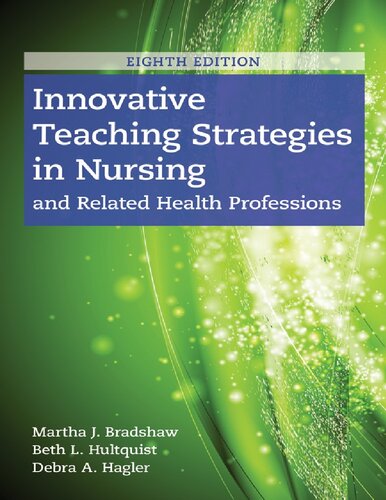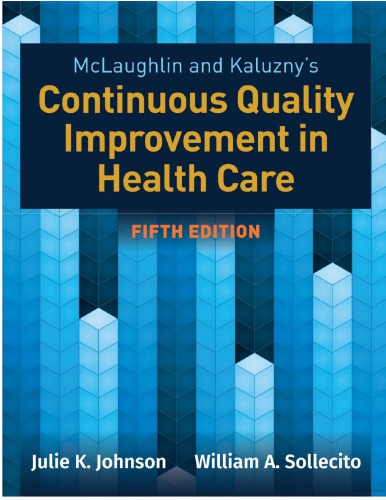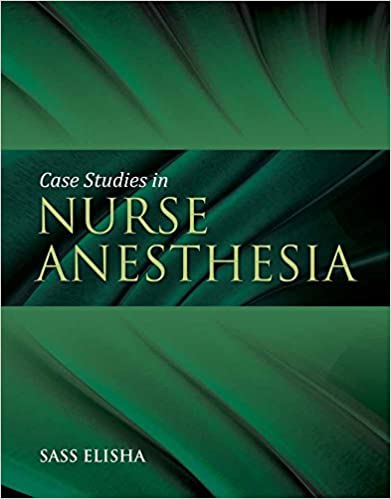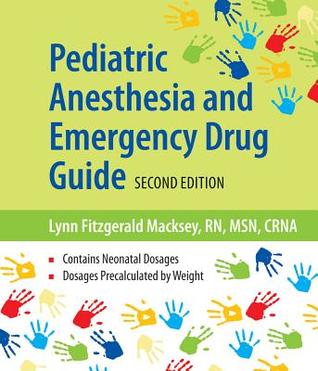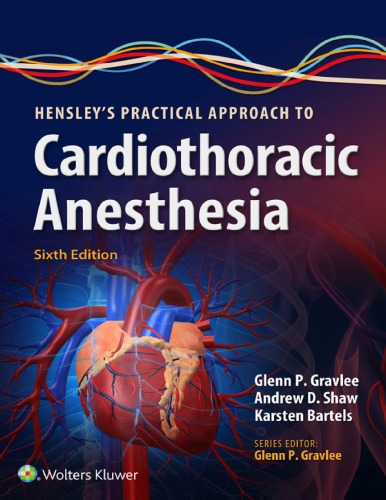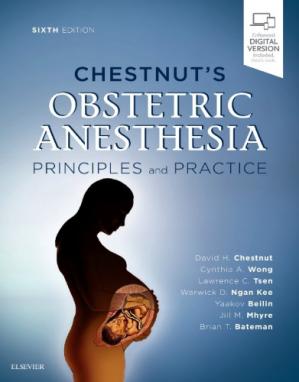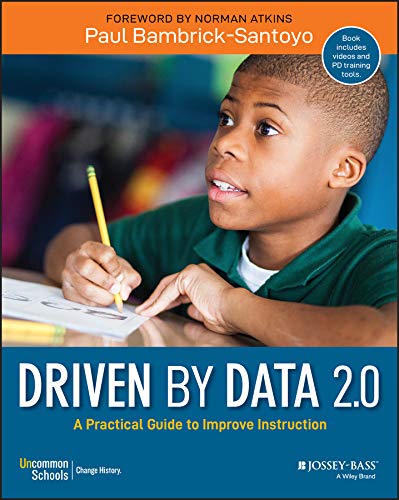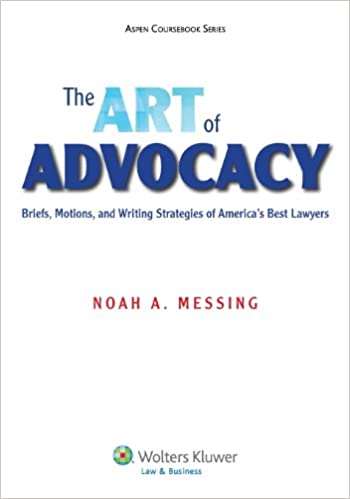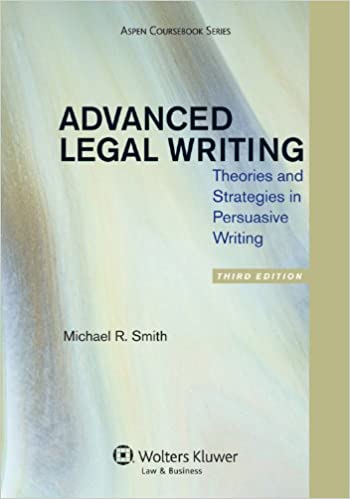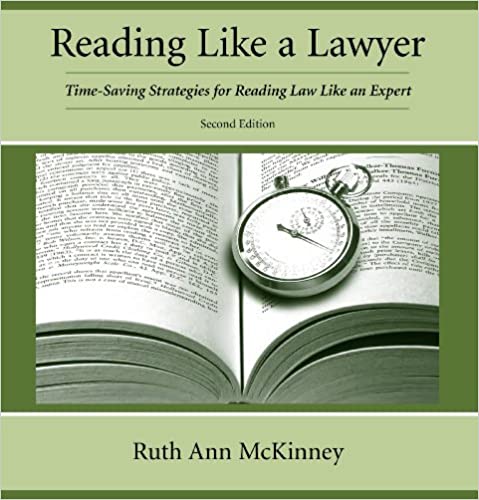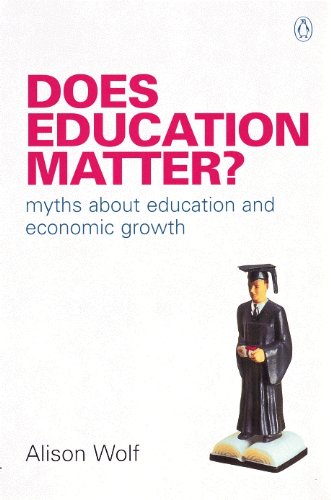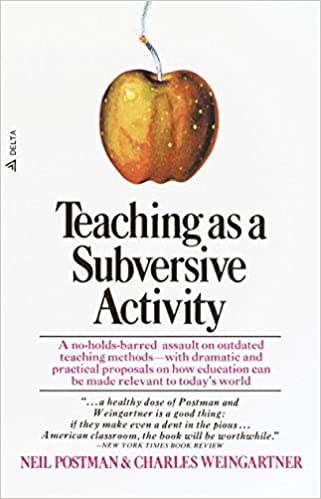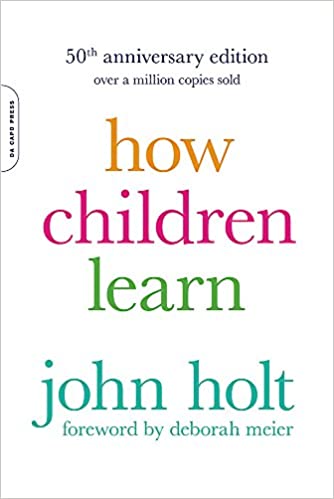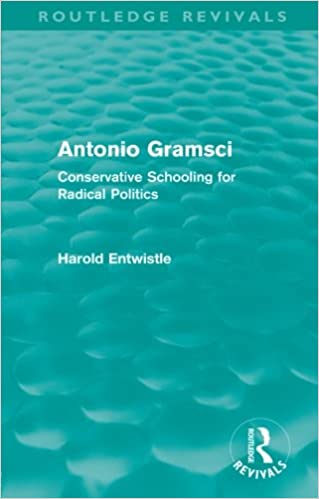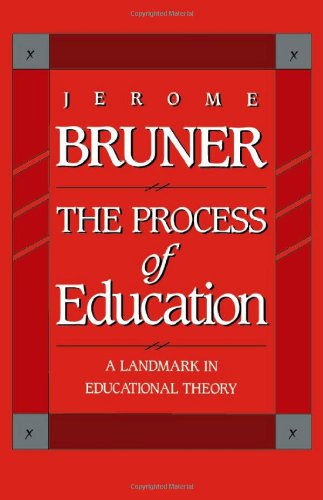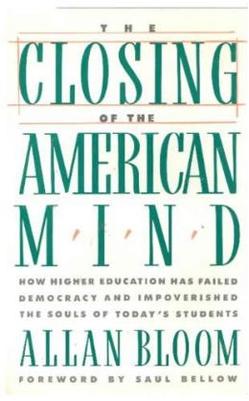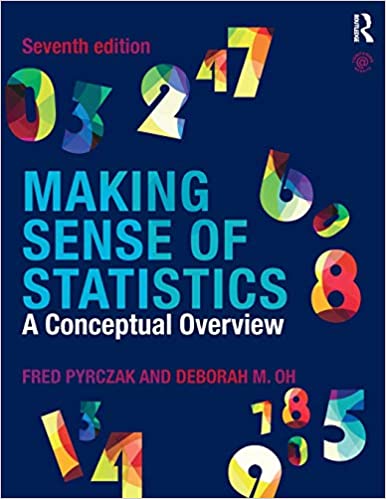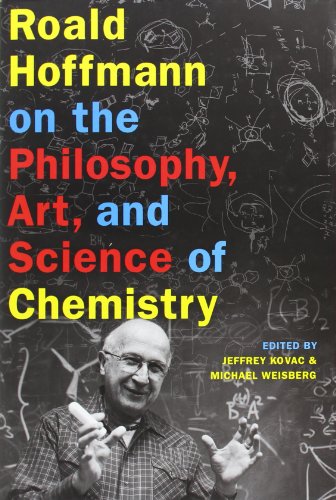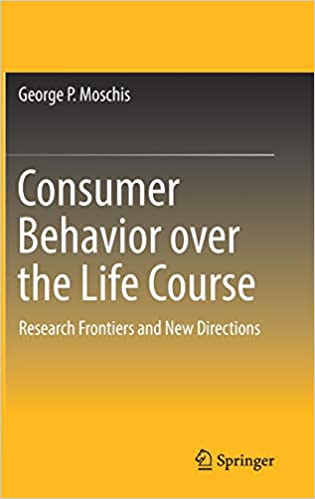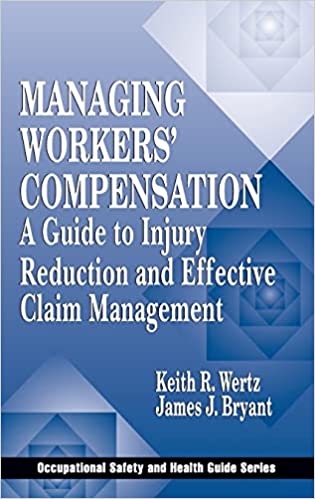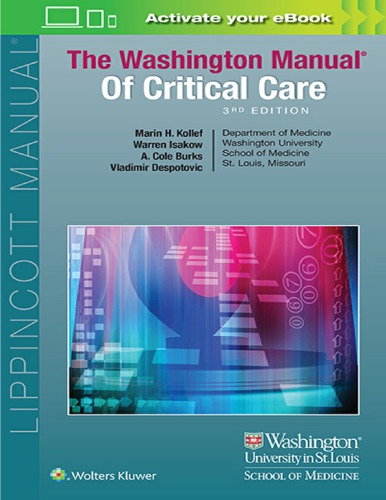
Thursday, March 31, 2022
Wednesday, March 30, 2022
Learning Is Enhanced By The Use Of Visual Aids - EbooksCheaper.com
![]()
In higher education teachers often fail to exploit the instructional advantages of audiovisual materials. Teachers in some disciplines use media very heavily and we know that learning is enhanced by the use of visual aids because pictorial representations and symbols clarify verbal explanations and provide additional clues for memory. Effective teachers plan ways to engage the visual sense as an important part of the teaching process, regardless of what they teach. Visual aids are most often used to illustrate or reinforce lecture material, but they can also be used to stimulate discussion and encourage student participation.
Many of us have been the victims of teachers who used media poorly and some may feel that these materials are inappropriate for college-level instruction. As a practical matter, however, there are three factors that tend to keep us from using more instructional media: lack of awareness about their benefits, lack of knowledge about how to use them, and lack of media equipment in our classrooms.
The terms "instructional media" and "audiovisual aids" generally refer to materials that teachers use as lecture support (e.g., slides and transparencies) or as an additional learning stimulus for their students (e.g., films and videos). The term "instructional technology" traditionally includes these materials, but nowadays applies more often to computer-based media and electronic hybrids. As promising as some of these newer forms of media might be, their everyday application by faculty will only occur when classrooms are equipped with the appropriate technology. In this article, we are primarily concerned with the traditional forms of classroom media and their appropriate applications.
It is true that, in many fields, one can teach effectively with only blackboard and chalk, but instructors who do so may be missing an opportunity to be even more successful in their teaching. Blackboards have shaped our education from kindergarten through graduate school and we are loath to abandon an old friend, but as a lecture aid the blackboard has severe limitations. We spend valuable class time writing or drawing on the board, and if a lecture requires detailed diagrams, color-coding, or developmental sequences, the blackboard is inadequate to the job. The simplest audiovisual aids (slides or transparencies) can easily accomplish these tasks.
Researchers long ago settled the question of whether audiovisuals can improve learning - it is clear that they can - and current investigations focus instead on more complex questions, such as the ways media can stimulate critical thinking and help students develop a cognitive framework of the course material. The early research in media provides several good reasons for using audiovisuals in teaching:
- Pictorial examples and symbolic representations of concepts not only clarify lecture material, they provide additional cues for memory.
- Regardless of their learning styles, most students prefer mediated over non-mediated instruction because it is intrinsically more stimulating. However, there is no evidence that the attention spans of college freshman have changed in the last 25 years, and attempts by teachers to be more entertaining for entertainment's sake are neither desirable nor effective.
- Finally, faculty who use media as lecture aids report that they save a great deal of class time because they don't need to write as much on the blackboard. Diagrams, pictures, graphs, lists of terms, and lecture outlines can be prepared ahead of time, and (at least in survey courses) many of these materials need only be prepared once because the subject matter does not vary much from year to year.
One objective for a presentation on biological anthropology might be for students to distinguish between (and understand the implications of) the four different forms of primate locomotion. An effective visual aid (possibly a slide or transparency) would clearly illustrate primate locomotion, particularly the elements of movement that are most significant for understanding the concept. A better choice for the teacher would be a video clip that showed live examples of each type of primate locomotion. On the other hand, an overhead transparency that illustrates various forms of animal locomotion would not be as effective because it contains so much information irrelevant to the learning objective. Sometimes teachers use materials they have prepared for one course to illustrate lectures in another one. Unless the objectives are the same, this practice is usually counterproductive because students are confused by data or graphic material that is irrelevant to understanding the concept under review.
For example, the objectives for showing a documentary about the ways women are portrayed in advertising in a Sociology class might include the following:
- Identify specific socialization messages in the ads shown in the film
- Evaluate the type and quality of evidence provided in the film to support its thesis
- Relate the film's thesis to the way other groups are treated in advertisements
Teachers of subjects that require heavy media use, such as art history, should be aware of the problem of "media fatigue." Also, providing breaks for discussion or some other activity between viewing sessions will helps reduce media fatigue.
Computers can enhance instruction in a variety of ways, and teachers are finding novel applications for the technology every day. As an alternative to classroom instruction, computers allow students to learn material on their own, at their own pace. They can provide learning experiences that simulate real-life problems, both in and out of class. Teachers can also use computers as a presentation medium that goes beyond the traditional advantages of audiovisual aids.
Most people have little difficulty using overhead projectors with a flat-panel LCD because the technology is very simple. Transparencies can be prepared ahead of time to present more complex and polished images than are possible if drawn on the spot. Some teachers also duplicate the transparencies on handouts to insure that students get complete and accurate images. This step also insures that students don't have to divide their attention between copying a diagram and listening to the teacher's explanation.
Most classrooms are equipped with projection screens, and many rooms also have lockers containing projection equipment. If you intend to use audiovisuals in your classes, it is wise to request an appropriately-equipped classroom, particularly if you wish to show many films or videos. Slide projectors and overhead projectors can sometimes be obtained from your department, and the Instructional Technologies center can supply them for a few instructors. However, some teachers prefer to use their own slide projectors and a few have even purchased portable overhead projectors.
Some instructors who have had one bad experience with a faulty or broken machine have sworn off the use of media altogether. Although problems are frustrating, they can be avoided with some forethought and planning. It is essential to practice with the piece of equipment you will be using so that you will understand its foibles and know how to make simple repairs, if necessary. A professor who used an overhead projector often in his class was stymied when the bulb burned out in the middle of a lecture and he had to continue without his charts and graphs. Setting up the equipment (document cameras, dedicated computer projection systems and interactive whiteboards) and trying it out in the classroom prior to the beginning of the semester can help identify potential problems related to lighting, availability of electrical outlets, sound quality, and physical obstructions. If the problems cannot be solved, you can request a different room. Experienced teachers also test their machines before each class so that they are sure things are working properly. Often, simple problems can be corrected before class begins.
Audiovisuals can be used in many more ways than for lecture support. For example, one History professor makes transparencies of data such as changing trends of income over time or the movement from rural to urban areas, but he doesn't lecture on the material. Instead, he asks the students to interpret the data in class and discuss its implications for the historical issues they are studying in the course. Many imaginative teachers employ media as test materials, to stimulate class discussion, to enhance student presentations, in situations requiring instant replay, and to create simulations of real-life situations.
In another use of video technology, a Physical Education instructor videotapes her students' golf swings and requires them to analyze their own mistakes before she provides corrective advice. Since she also shows training videos in the class, students are accustomed to viewing models of appropriate movement. Action on both types of videos can be re-run as many times as necessary to study the action.
A professor of Anthropology uses many films in a course focusing on the Third World, but he assigns different viewing objectives to different groups of students for each film. One group may be asked to watch a film as members of a development agency, while another group would watch it as Third World peasants. Class discussion about the film is rich and varied because the different perspectives provide a focal point for debate.
Teachers in the social sciences may use case studies that illustrate a situation or problem for which there may be a variety of solutions (some of them mutually exclusive) or no clear solution at all. The situation is sufficiently ambiguous that a variety of interpretations are possible. The objective is for students to identify the sociological principles that apply, decide whether these theories fully explain the woman's condition, and propose various ways the situation might play out.
The key to using film or video effectively is careful planning. Films should never be used as fillers for times when you plan to be out of town. Films should serve clearly-stated learning objectives and be carefully integrated into the rest of the course. Remember that you will be turning your class over to the medium for a significant length of time, so the film should provide something important to your students' understanding of the material. If only a portion of a film is relevant to the course, just show that portion rather than waste time with the entire program. If a film is too long to fit into the class period, show part of it one day and part of it another day.
There are many more ways that audiovisuals can be used to enhance teaching and learning, and many of these ideas are simple extensions of traditional teaching approaches.
Megan Wilson is a teacher, life strategist, successful entrepreneur, inspirational keynote speaker and founder of https://Ebookscheaper.com. Megan champions a radical rethink of our school systems; she calls on educators to teach both intuition and logic to cultivate creativity and create bold thinkers.
Source: https://ebookscheaper.com/2022/03/30/learning-is-enhanced-by-the-use-of-visual-aids/
Monday, March 28, 2022
Expert Learning for Law Students 3rd Edition by Michael Hunter Schwartz, ISBN-13: 978-1611639650 | ebookschoice.com
Expert Learning for Law Students 3rd Edition by Michael Hunter Schwartz, ISBN-13: 978-1611639650 | ebookschoice.com: Expert Learning for Law Students 3rd Edition by Michael Hunter Schwartz, ISBN-13: 978-1611639650 [PDF eBook eTextbook] Publisher: Carolina Academic Pr; 3rd edition (September 10, 2018) Language: English 291 pages ISBN-10: 1611639654 ISBN-13: 978-1611639650 The third edition of Expert Learning for Law Students is a reorganization and rethinking of this highly regarded law school success text. It retains the core insights and lessons from prior editions while updating the materials to reflect recent insights…
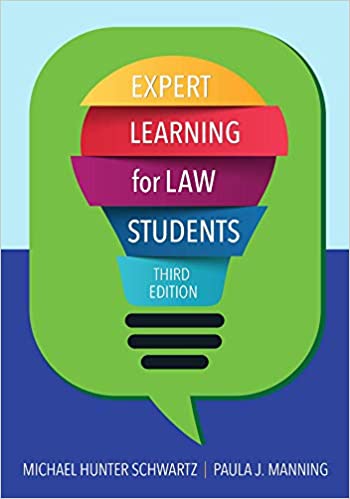
Saturday, March 26, 2022
Friday, March 25, 2022
Thursday, March 24, 2022
The Appropriate Use Of The Lecture And Alternative Teaching Methods
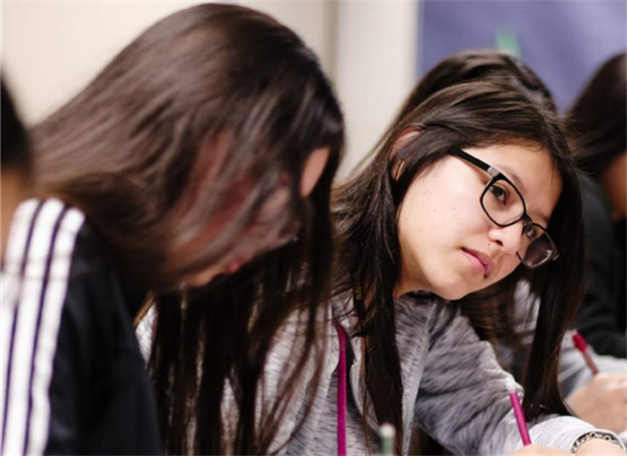
The selection of teaching methods and strategies must be based, to some extent, on your own teaching preferences and unique style. Remember, however, that students learn in many different ways, and some research suggests that their learning preferences are substantively different from those of the faculty. For example, some students learn best when they have an opportunity for give-and-take with the teacher; others prefer to learn primarily through reading and lectures; and some students learn best on their own, by performing tasks related to the course material. There are many learning preferences and combinations of preferences, and the best teachers apply a variety of methods to tap the learning potential of a wide range of students. You can vary your class routine period by period, lecturing one day, holding discussions the next, showing a film the next, and so on, but varying methods within a class period is a better technique because it promotes greater interest and excitement.
There are many books on college teaching that provide detailed advice on a wide variety of teaching techniques. In this survey we will focus on the methods most widely used in higher education - lecture and discussion - and outline several other methods that you can explore on your own.
The traditional fifty-minute college lecture in which the teacher does all the talking is an ancient teaching method, but its survival attests more to its ease of use - and low expense -than to its effectiveness as a teaching tool. When they are done well, lectures can be informative and even inspirational, but when they are done poorly, confusion and boredom result. Since it is likely that the lecture will remain the dominant teaching method in higher education for the forseeable future, you should be aware of its advantages and limitations.
The traditional lecture format suffers from a variety of handicaps. First, higher-level objectives such as analysis or critical thinking, cannot be taught in a lecture. Students cannot learn these skills unless they have an opportunity to practice them; listening to a lecture about critical thinking or problem-solving is simply not sufficient.
Second, the average attention span of a passive listener is about fifteen minutes, so if you talk uninterruptedly for longer than fifteen minutes it is unlikely that your students will stay "tuned in." The only sure way to overcome this problem is to switch to some kind of activity in which students are directly involved.
Third, in the aural learning process students gradually transfer bits of information from short-term into long-term memory, a process that takes time and usually requires repetition of the material. Teachers therefore need to build "blank time" into lectures - periods in which no new information is being presented to interrupt the encoding process. If you present fifty minutes of new information (and remember, most of the content will be new to undergraduates) your students cannot process it all in a meaningful way. To allow time for encoding, after you introduce a new concept, provide ancillary information, anecdotes, and illustrations that elaborate on the concept.
Fourth, since human perception is subject to error and interference, what your students heard (and think they understood) is not necessarily what you said - as an occasional peek at their class notes will undoubtedly confirm. Unless you carry on a dialogue with students, you can't know the nature of their perceptions or misperceptions.
Fifth, students need help discriminating between important and less important material in lectures. You should provide frequent verbal and physical cues during the lecture. Good lecturers also write outlines of their main points on the blackboard, or distribute outlines of the lecture at the beginning of class.
Finally, another problem with lecturing is that it reinforces the impression that the teacher is the font of all knowledge, that truth exists and resides in the instructor. Teachers often decry the tendency of undergraduates to believe that there are Right Answers to everything, but lectures often reinforce this impression by presenting the material as a polished and complete package. A skillful lecturer works to overcome this impression by writing lectures that raise as many questions as they answer and by alluding to other interpretations of the material.
When used skillfully, lectures can be a useful part of your teaching repertoire. For example, lectures are most effective for conveying information that your students could not get any other way. In some fields scientific advances occur so rapidly that the only practical way to teach the subject is through lecturing. Lectures can also be used effectively to synthesize and interpret material for students, which is particularly useful in extremely complex subjects. Short lectures can provide an orientation to new material; prepare students for a film, an experiment, or a field trip; or summarize crucial points elicited from a class discussion. Beware, however, of allowing short orientation lectures to stretch into ever longer ones until you are back at the fifty-minute mark. If you are good at lecturing, you can communicate your excitement about the material and even inspire students to emulate your enthusiasm.
Many teachers have discovered that a highly interactive, question-and-answer technique overcomes the problems of the traditional lecture and makes it an effective learning experience. Instead of providing all the information yourself, you try to elicit much of it from your students through direct questions or unfinished statements. At the same time you can encourage students to ask questions about the material, thereby opening up two-way communication in the classroom. However, you should carefully prepare the questions you intend to ask so they will help build up the lecture and not lead down irrelevant pathways. Interactive lecturing overcomes many of the disadvantages of the traditional lecture, and provides incentive for students to keep up with their reading and other class preparations, since they know they will be asked to deliver opinions or answer questions in every class.
Preparing an effective lecture requires that you see it from the viewpoint of your intended audience. When you begin to speak, the first questions in students' minds are: "What is this lecture about?," "What will it cover?," and "Why is it important?" Beginning a lecture without surveying its scope and intent is equivalent to publishing a book without a table of contents. You should also make the structure of the lecture clear at the outset - the best teachers provide a blackboard outline of the major points they intend to cover and the order in which they will cover them. Relating the lecture topic to previous and subsequent course material places it in context for students and indicates its importance in the course as a whole.
By the time you finish the introduction, the students should know how the lecture will be organized, the major concepts it contains, and where it fits in the larger body of knowledge that they are studying. In math-related courses, it is a good idea to begin the lecture with a short review of important concepts from the previous class, and allow time for questions about that material - this technique helps lay a more solid foundation for the day's lecture.
The body of your lecture will flow naturally from an effective introduction and must be carefully planned to allow for summaries, clear transitions, and logical sequences of development. In your lecture outline, note the points that you intend to elicit from students and write out the questions you intend to ask (make sure you ask for more than simple recall of material). Most good lecturers don't rely totally on the spoken word, but use diagrams, drawings, charts, and other graphic aids - imagine the difficulty of describing a double helix without a model, or at least a picture. You should include in your notes any drawings you intend to put on the blackboard and, if they are particularly complex, provide copies to your students. If you are teaching a subject that requires a great deal of writing on the blackboard, write clearly and large enough so that students at the back of the room can see and understand your points. Plan the way you will proceed (e.g., from top to bottom, left to right) so students will be able to follow the sequence of the material and so you won't need to erase anything before they have had a chance to write it down.
As you prepare your notes, be sure to develop relevant examples of the ideas and concepts in the lecture. From research in cognitive psychology we know that many concrete examples are necessary for concept formation and that new information is learned better when it is related to concepts that we already possess. Draw attention frequently to the relationship between new and old material, and note especially any connections to the underlying themes of the course. If possible, draw parallels between course material and real-life experiences that students might share.
If you are teaching problem-solving, think carefully about all the steps in the solution and write them down so you will be sure to explain them in class. As laymen, students cannot be expected to make the leaps of logic which experts routinely make in problem-solving, so you should list the steps explicitly for students and invoke the steps as you work illustrative examples.
Every good lecture has a conclusion. Just as the introduction provides a launching pad for the lecture, the conclusion provides a landing field and provides a sense of accomplishment and closure. In the conclusion you answer questions posed at the outset, summarize main concepts, and show how lecture objectives have been accomplished. Consider eliciting this information from your students rather than doing it yourself. If you did a good job in the presentation, they will be able to provide the conclusions. Although you shouldn't teach any new material in the conclusion, you can use the opportunity to provide a bridge to the next lecture. Giving students a statement to ponder, a question to answer, or a problem to solve will help them prepare for the next class period.
Occasionally, your material may take only forty minutes of a fifty-minute period, but resist the temptation to start on the next lecture. Instead, use the time to review material, answer questions, or provide anecdotes about the day's topic. You should also avoid trying to cover so much that you run out of time and have to carry material over into the next class (although most teachers occasionally find themselves in this situation). If you discover that you have twenty minutes of additional material and only five minutes remaining in the period, summarize and reinforce the concepts you have already covered - don't lecture right up to the last minute or go over class time.
Timing problems are particularly troublesome when you have planned a course for 50-minute periods, meeting three times a week, and are assigned a 75-minute class that meets twice a week (or vice-versa). Well-designed lectures cannot be indiscriminately edited or spliced together; they stand on their own as complete units that accomplish a set of objectives. If you followed the course planning model in the previous section, you will have objectives for each class session and know which ones are the most important. To accommodate a longer class period, see if you can combine some of the more important objectives from adjacent lessons; for a shorter session, discard some of the less important objectives in your original plan. In some cases, you may need to consider an entirely different approach to the subject to achieve the objectives you have in mind. Don't be afraid to abandon a lecture that seems unworkable; there are usually other methods which will be just as effective (and perhaps more so).
When students are actively involved in manipulating ideas and information, they have a much greater chance of learning the material and using it. Indeed, it is doubtful that higher levels of knowledge and skills can be mastered without direct student involvement. A structured discussion, in which the teacher leads and facilitates the dialogue, affords excellent opportunities for this kind of active learning. Discussions of this type have been used effectively in classes of several hundred students, so class size is no barrier to the the method. Three conditions must be met for a successful discussion to take place:
- Preparation. Discussions must be planned as carefully as lectures. First, you need to prepare sets of questions that will elicit information and provoke higher-level thinking on the part of the students. Second, you need to prime your students for the discussion by assigning thought questions on the topic ahead of time.
- Motivation. Students must be convinced that they will derive some benefit from discussion. They have learned, over the years, that many class discussions devolve into pointless bull sessions. To change this expectation, you need to make your objectives perfectly clear at the outset, guide the discussion to insure that the objectives are achieved, and make sure that the students know the objectives were achieved. As students make important points, write them on the board and review them at the end of the discussion.
- Absence of fear. Work to establish a spirit of open inquiry in the classroom. If students find that their comments are ignored, belittled, ridiculed, or treated as irrelevant, then, out of fear or frustration, they will not participate in discussions.
A good discussion is based on clearly formulated goals, and your preparation should start with an analysis of these goals. Another discussion objective might be for students to show they can interpret events or phenomena related to the course material. The objectives may address the development of thinking skills, specific questions related to the subject matter, or both, but in any case you need to have the outcome clearly in mind.
The Socratic Method is based on the principle that, through a dialogue with the teacher, students can be led to discover solutions to problems on their own. In a structured discussion, questions posed by the teacher drive the dialogue in much the same way. But if you want to lead the students up a ladder of analysis, discussion questions must be organized in a logical hierarchy.
Make sure the discussion topic is known to the students well before the class in which it will take place. Choose reading material that raises important and difficult issues. You can also use films, field trips, experiments, position papers, demonstrations, and other assignments as sources of discussion material, but always provide students with sets of questions to help them prepare for the discussion. Thought questions will enable them to read more effectively, to focus on the vital parts of the subject matter, and to concentrate on the important outcomes of an activity such as a field trip. Students will also be more at ease about participating in the discussion, since they know they will be prepared.
Some classroom layouts are more conducive to the discussion method than others. If your classroom has movable chairs, arranging them in a circle will facilitate face-to-face interchange and create a more egalitarian atmosphere. However, even if you teach in an amphitheater with desks bolted to the floor, you can still use the method successfully if you move out into the room to conduct the dialogue.
During the discussion, try to involve everyone in the class by directing questions to individual students (preferably by name). If you rely on volunteers, some students will monopolize the discussion and others will not speak up. Some teachers feel awkward about directing questions to particular students, but if you establish this practice from the first day of class and treat them with kindness and respect, they will accept the method without complaint.
Resist the temptation to answer your own question when a student doesn't answer immediately. Students need at least 20 to 30 seconds to think about a complex question. Wait for answers; for every few seconds of wait time, the response rate increases dramatically. Phrase your questions so they will be clear to the students; rephrase the question while waiting for a response. If a student cannot answer your question, direct it to another; return to the first student later with a different question to give him or her a second chance.
There are many types of questions that you can use to facilitate the discussion. Provide encouragement and praise for correct answers, varying your responses so they don't sound mechanical. If you create a healthy atmosphere of debate and exchange, students will become the arbiters of correctness and will challenge students whose responses are not well thought out. Encourage students to question each other; if they are well-prepared, students will spontaneously raise issues central to the discussion. Don't ridicule wrong answers; try to extract a kernel of truth or an interesting point of contrast from poor responses. Instead of correcting students yourself, help them identify their own mistakes so they can improve their thinking skills.
An outgoing, friendly attitude will establish a relaxed atmosphere in class. You provide a powerful behavioral model for students; if you are defensive, they will imitate your behavior and the discussion will become a series of quarrels and recriminations. If you are willing to entertain alternative viewpoints and treat their ideas with respect, they will adopt the same standards and the discussion will be successful.
Sometimes students will raise questions the teacher cannot answer. Don't ever be afraid to say "I don't know." Offer to find out the answer and report it at the next class meeting. Students will respect your intellectual honesty and may begin to understand that no one knows all the answers.
At the end of class, spend a few minutes summarizing the main points of the discussion, or ask members of the class to summarize what they have learned. Summarization helps students focus on the important outcomes of the discussion and will also help them appreciate the fact that class discussions are important learning opportunities - just as important as lectures or other kinds of instruction.
Jeff C. Palmer is a teacher, success coach, trainer, Certified Master of Web Copywriting and founder of https://Ebookschoice.com. Jeff is a prolific writer, Senior Research Associate and Infopreneur having written many eBooks, articles and special reports.
Source: https://ebookschoice.com/the-appropriate-use-of-the-lecture-and-alternative-teaching-methods/
